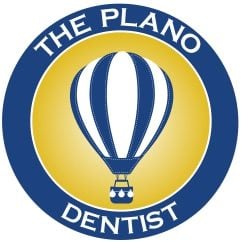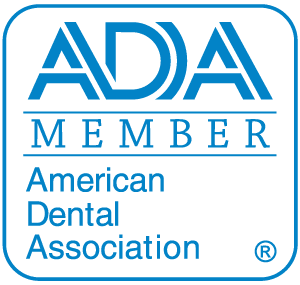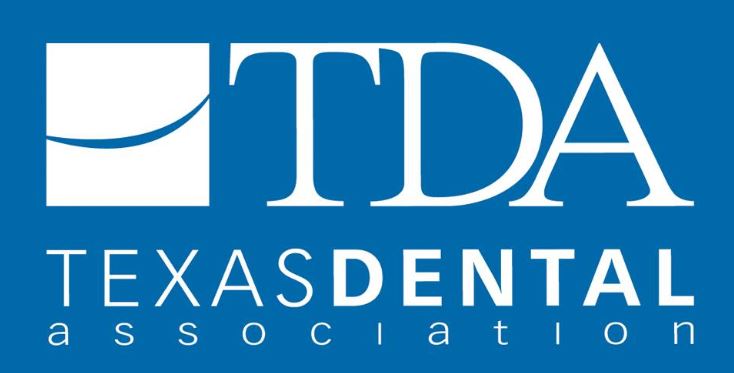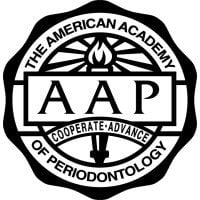Restorative dentistry has progressed considerably over the years and there are now several effective ways to fix decayed teeth. In today’s post, we are going to concentrate on two similar types of restorations: dental inlays and onlays.
Where possible, an inlay or an onlay can be a less-invasive alternative to a complete crown and either one is usually more affordable than a porcelain crown procedure.
Inlays/onlays are “indirect fillings,” meaning that they are fabricated in a lab and placed whole on the tooth. A traditional “direct filling” is applied to the tooth while the material is malleable and then shaped by the dentist.
An inlay is used to repair the surface of a damaged tooth, usually to fill a small cavity or a natural pit that is at risk for decay.
Typically porcelain or composite resin is used for inlays; these materials are substantial and look very natural because the color can be matched specifically to the surrounding teeth. An inlay is specifically fitted to your tooth and looks, feels, and functions as the previous tooth.
An onlay covers a larger part of the tooth. Because they cover such a large area of the tooth, they are often referred to as partial crowns. Onlays are usually applied to the biting surface of the tooth. Just like inlays, they are precisely fitted to the damaged part of the tooth. Composite resin and porcelain are also the main materials used to create an onlay. As mentioned before, inlays and onlays serve a critical role in restorative and cosmetic dentistry.
At The Plano Dentist, we provide trusted dental care including inlays and onlays. If you have one or more teeth that has a cavity, crack, or excessive wear, call 469-998-0235 to make an appointment today.
Contact The Plano Dentist:
469-998-0235
Location (Tap to open in Google Maps):
3115 W Parker Rd Ste C538
Plano, Texas
75023







